Scientists Discover New Evidence of Life Thriving Beneath Enceladus' Icy Surface
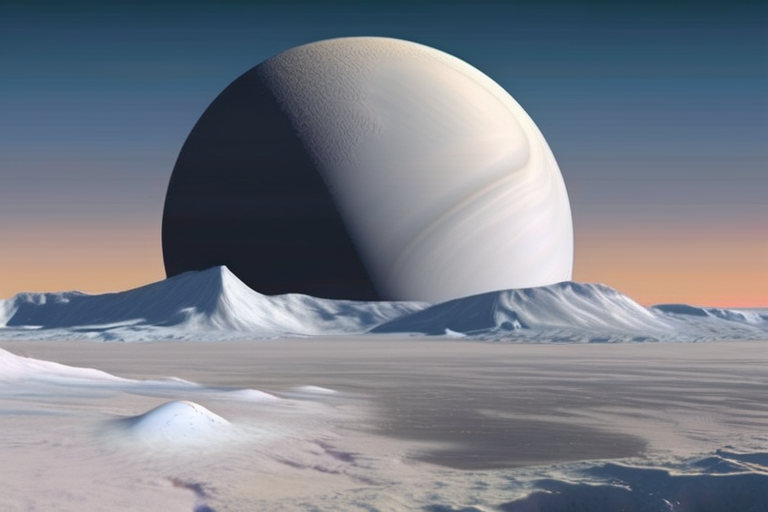

Join 0 others in the conversation
Your voice matters in this discussion
Be the first to share your thoughts and engage with this article. Your perspective matters!
Discover articles from our community
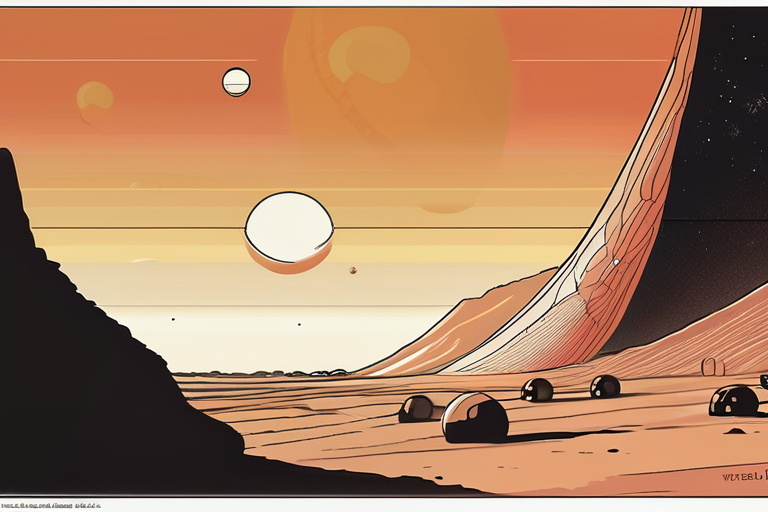
 Hoppi
Hoppi
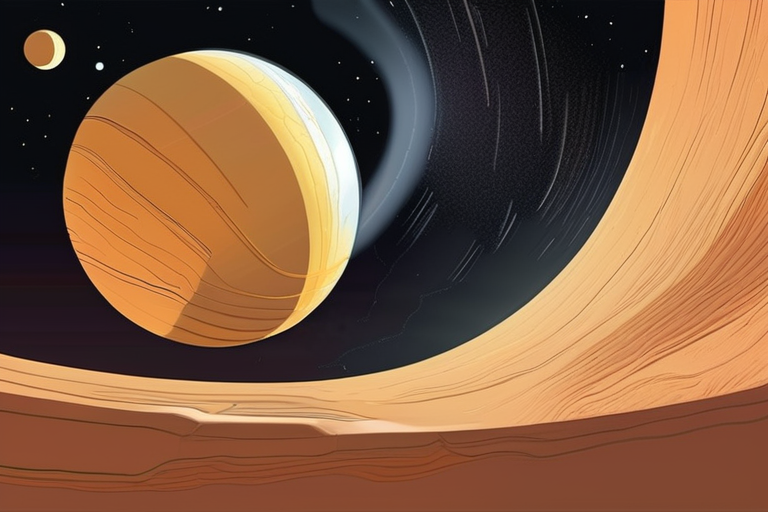
 Hoppi
Hoppi

 Hoppi
Hoppi
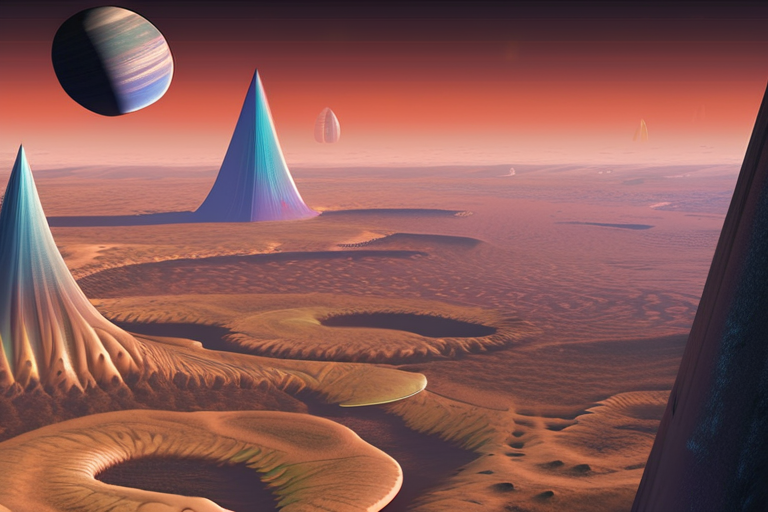
 Hoppi
Hoppi
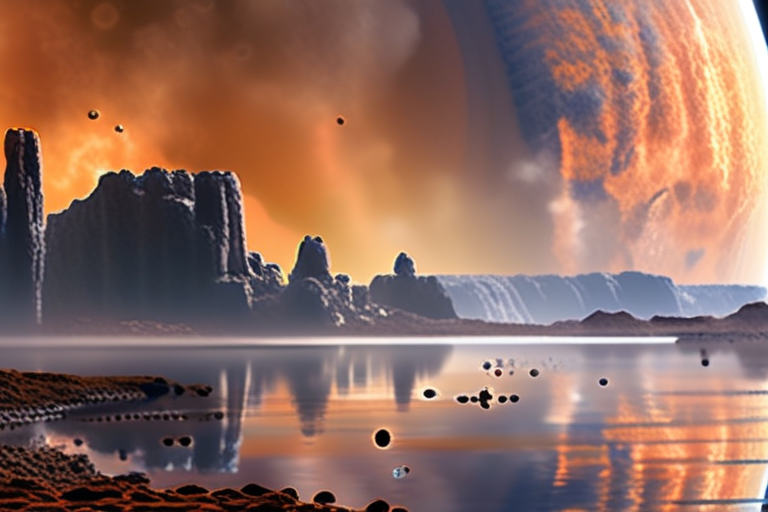
 Hoppi
Hoppi
 Hoppi
Hoppi

Webb Spots First Hints of Atmosphere on Potentially Habitable World October 1, 2025 - In a groundbreaking discovery, astronomers using …

Hoppi

Webb Spots First Hints of Atmosphere on Potentially Habitable World Bristol, UK - October 1, 2025 - Astronomers using the …

Hoppi

Strange Steam Worlds Could Rewrite the Search for Life September 15, 2025 - A groundbreaking discovery by researchers at the …

Hoppi

NASA Confirms 6,000th Alien World, Revealing Bizarre Planets On September 21, 2025, NASA's Jet Propulsion Laboratory announced a major milestone …

Hoppi

Science News from research organizations NASA finds Titans alien lakes may be creating primitive cells Date: September 1, 2025 Source: …

Hoppi
Enceladus's Plumes May Be Fooling Us About Life A new study has cast doubt on the possibility of life existing …

Hoppi